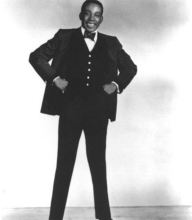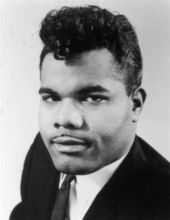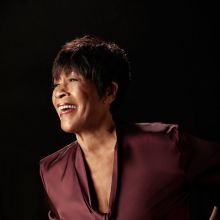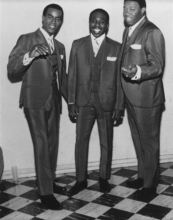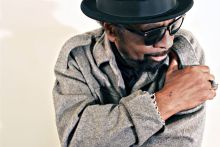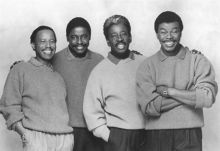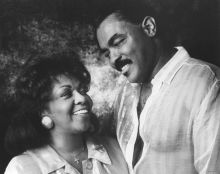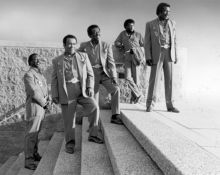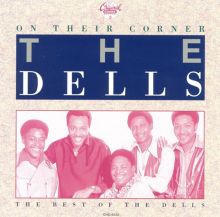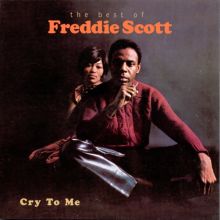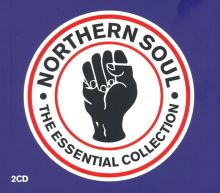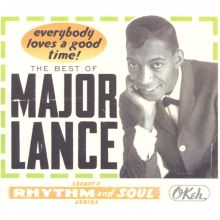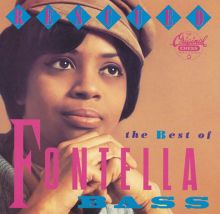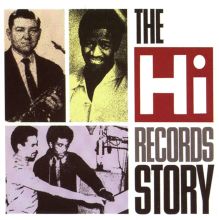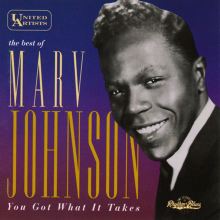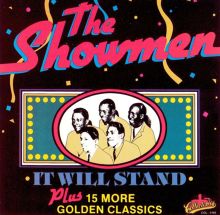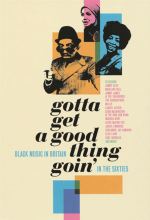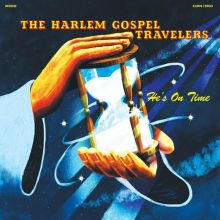Northern Soul, for many, is a meaningless term because it doesn't refer to any specific kind of music. For many others, it's a term that means everything. Where most soul genres are named for either the region that the music where the music was created, or for the sound of the music, Northern soul is named after where the music was played -- in dance clubs in northern Britain. During the early '70s, once the mods had run out of steam and prog rock was ruling the landscape, there were a handful of underground dance clubs that played nothing but '60s soul records, and they weren't any ordinary oldies. Instead, the DJs at these clubs were obsessive collectors, finding the most obscure American soul singles. Usually, these records sounded like Motown, Chicago soul, or New York soul, but they were records by unknown or underappreciated performers; Major Lance was one of the biggest names on the scene. These records were dubbed Northern soul because of the clubs. Northern soul continued to gain popularity until the mid-'70s, when punk and disco stole its thunder; however, it never really faded away. Some clubs remained open and there was still a collectors' market for the singles, and many rare singles were going for astonishingly high prices. Most importantly, many clubgoers, from Marc Almond to Bob Stanley and Pete Wiggs of St. Etienne, went on to form their own groups, which kept the spirit of Northern soul alive.
